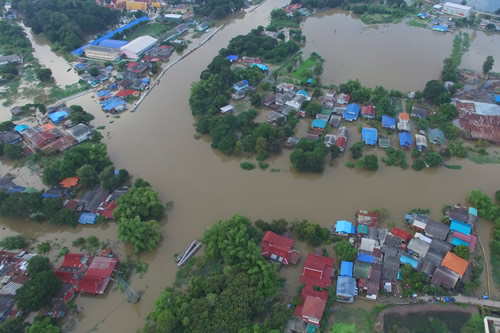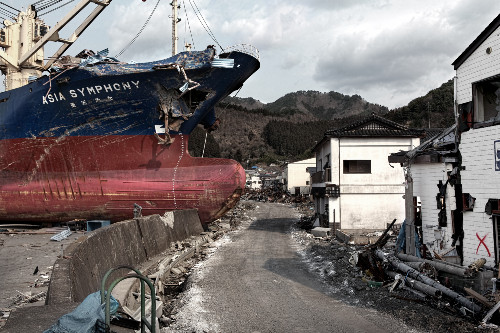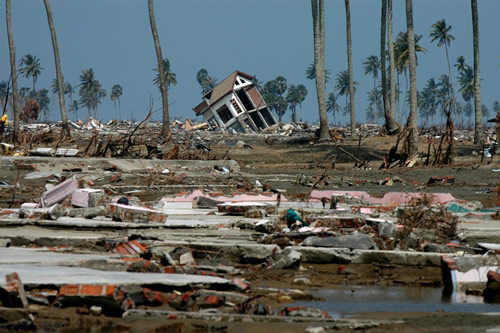Development-Aid Supply Chains for Economic Development and Post-Disaster Recovery
A study of the supply chains that supported the recovery in post-disaster Haiti warns of the fine line donors and receivers of aid must observe, lest dependence on aid itself becomes the problem.
As disasters leave multitudes of people in extreme, desperate poverty, governments, international charities, and development agencies respond by funding the provision of essential products and services to those affected. Over time, such aid is meant to help develop and recover long-term. The ultimate aim is to generate sufficient economic activity to render the need for further aid unnecessary eventually. In practice, however, aid goes on for years or even decades.
Supply chains to support long-term recovery following disasters have received scant formal study. In light of this, Bayes Professor ManMohan S. Sodhi and doctoral student (since graduated) James Knuckles carried out the study on Development-Aid Supply Chains for Economic Development and Post-Disaster Recovery, with fieldwork in Haiti. With a history steeped in hardship, it was further impoverished by a catastrophic earthquake in 2010. Following the quake, development aid poured in, some of it in the form of supply chains of subsidised solar lanterns to be sold to consumers by micro-vendors.
The researchers studied five such supply chains of solar lanterns, each led by a different original equipment manufacturer (OEM). They looked at how donor cash pulls together a veritable eco-system comprising global equipment manufacturers, national-level distributors, impact investors, microfinance institutions, retailers, and micro-entrepreneurs to make the supply chains functions from suppliers to impoverished consumers.
They found, for instance, that many of these entities are social enterprises that bridge development-minded donors with commercially oriented retailers and micro-entrepreneurs. The result of these bridging efforts is a vital flow of goods, cash, and social impact data that reduced deprivation in the region by enabling necessary goods for beneficiaries, livelihoods for micro-entrepreneurs, and the development of supply chain capability in the community.
However, they also identified a fundamental problem with the ecosystem of entities and their need for social information in exchange for funding. The problem is that while necessary for reducing deprivation, donor funding can increase dependence on aid rather than reduce it in the long term. Aid-based supply chains in this eco-system of many finance-based entities exist only because of aid, thereby entrenching dependence, not ending it.
As countries, including the United Kingdom, re-evaluate their aid budgets, they have to consider how their aid will be used to develop communities away from aid in the long term, not just help reduce deprivation in the near term. Therefore, the practical implication for donors is that development-aid supply chains must be designed from inception with a plan of how to eventually make the supply chains commercial and self-sufficient, eventually eliminating dependence on aid. If there is a failure to achieve this, recovery would forever remain incomplete, as seen in many regions of the world.
Donors must mainly focus on developing the resources and capabilities of social enterprises, given their bridging role in the functioning of the development-aid supply chains. The ability to collect credible data on the positive social impact is critical to the social enterprise's success to generate further funds and direct effort to more rewarding areas. Doing so will help reduce deprivation more effectively.
However, donors must not lose sight of the bigger goal of reducing dependence on aid. Sodhi and Knuckles’ study suggests that creating a vast ecosystem of financial social enterprises creates dependence conditions. Instead, donors could ensure retailers, retail networks, and micro-entrepreneurs build long-term capabilities suitable for commercial supply chains from the outset.
The paper Development-Aid Supply Chains for Economic Development and Post-Disaster Recovery has been published in Production and Operations Management and can be freely downloaded here.




